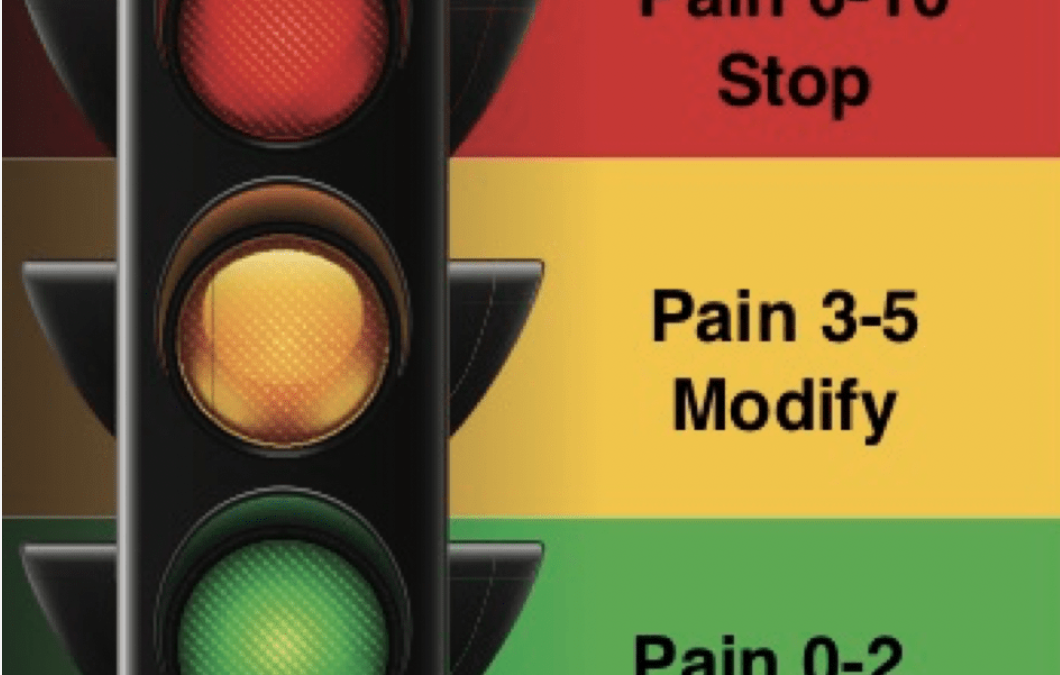Top Tips for Walking Fitness and Reducing Injury Risk!
As the official Health and Fitness partners of the Walk for Women’s Cancer , Star Physio WA’s Julie Pham (Podiatrist & Physiotherapist) offers her advice as you prepare for this special event, and for all of your walking fitness challenges!
We are here to keep you fit, healthy and safe and hope that following these top tips will enable you to meet your goals while reducing the risk of injury!
TRAINING & INJURY GUIDE:
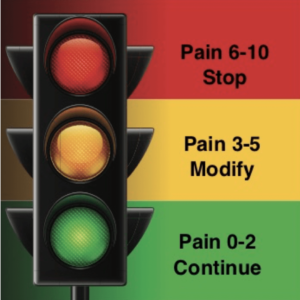
- For some great training tips, follow the Walk for Women’s Cancer: 2022 Training Guide.
- Recognise when it is safe to train through niggles and when it is time to seek help from an expert health professional.
- Did you know that it is usually safe to exercise with mild pain? Provided that pain is not worse than 2 out of 10 on your pain scale and settles within 24 hours it is safe to push on!
- If your pain during your walk is between 3 – 5 out of 10, you may need to modify your activity.
- If it becomes higher than a 6 out of 10, you may need to stop in order to prevent further injury and get in contact for a plan to get you back on your feet quickly!
- You can think of this approach like a traffic light system when it comes to managing niggles during training.
- Previously health professionals believed that pain was a sign of injury or damage. We now understand that pain is your brain receiving a warning which is often not associated with damage and may just be related to adjusting to different activities or amount of exercise. If in doubt, book an appointment sooner rather than later to get a correct diagnosis and find out what it is safe to do. You may be surprised how often we tell people that they are safe to keep exercising, sometimes with a few modifications!
Common Walking Injuries!
The most common injuries we see at Star Physio and Podiatry in walkers are
- Achilles tendinopathy and tendinitis
- Plantar Fasciitis and Heel pain (Heel Spurs)
- Shin Pain or Shin Splints
- Knee pain
- Hip pain
- Lower back pain
The great news is that often we can assist you to keep training with these issues while adding a program and advice to get these niggles under control. As always, the sooner you have these correctly diagnosed and treated, the sooner you are back on track and pain free. But beware… not all physios and podiatrists are the same!
FOOTCARE & BLISTER GUIDE:
- Good foot care should start right away, with regular moisturising
- Any excess skin growths (corns or callus) should be attended to at least 1-2 weeks before the event.
- Make sure you trim your nails a few days beforehand as your feet may swell and cause discomfort
- To avoid blisters, identify prolonged skin redness/irritation and shield these friction points. This may include using Hiker’s wool, blister packs, Fixomull or kinesio tape. You may also want to pack these items with you on the day of a walking event!
- If in doubt, have a review with an expert podiatrist like Julie!
FOOTWEAR, SOCKS & LACING GUIDE:
- Your footwear used for walking in training should be COMFORTABLE!
- The fit, size and shape of the shoe matters, and problems in these areas may signify ill-fitting footwear and need replacing.
- Choose breathable, moisture-wicking socks that you have practised in before.
- Pack an extra pair on the day of your event if it might get wet.
- Laces should be securely fastened and there are special lacing techniques that can be used to ensure a good fit of the shoe without having to squash your feet.
- A podiatrist can help you with finding the right lacing technique for you!
FITNESS & BEYOND:
- Celebrate your achievement and realise the cardiovascular benefits, mental health and vitality you have gained through your walking training!
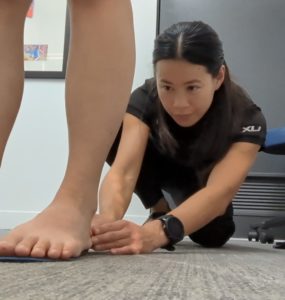
- Walking is great and it will maintain your bone health levels!
- Weight-bearing and strength exercises that lead to increasing bone density help tackle conditions like osteoporosis.
- The World Health Organisation recommends doing resistance training (weights) twice a week for optimal health and to minimise injury. Read more about it here!
- A physiotherapist trained in this area can tailor an exercise program that will work within your capacity and meet these needs.
More Information.
If you would like more information or further insights on your individual journey, BOOK ONLINE HERE or ring (08) 6424 9578 to see Dr Julie Pham or one of our other expert team today!
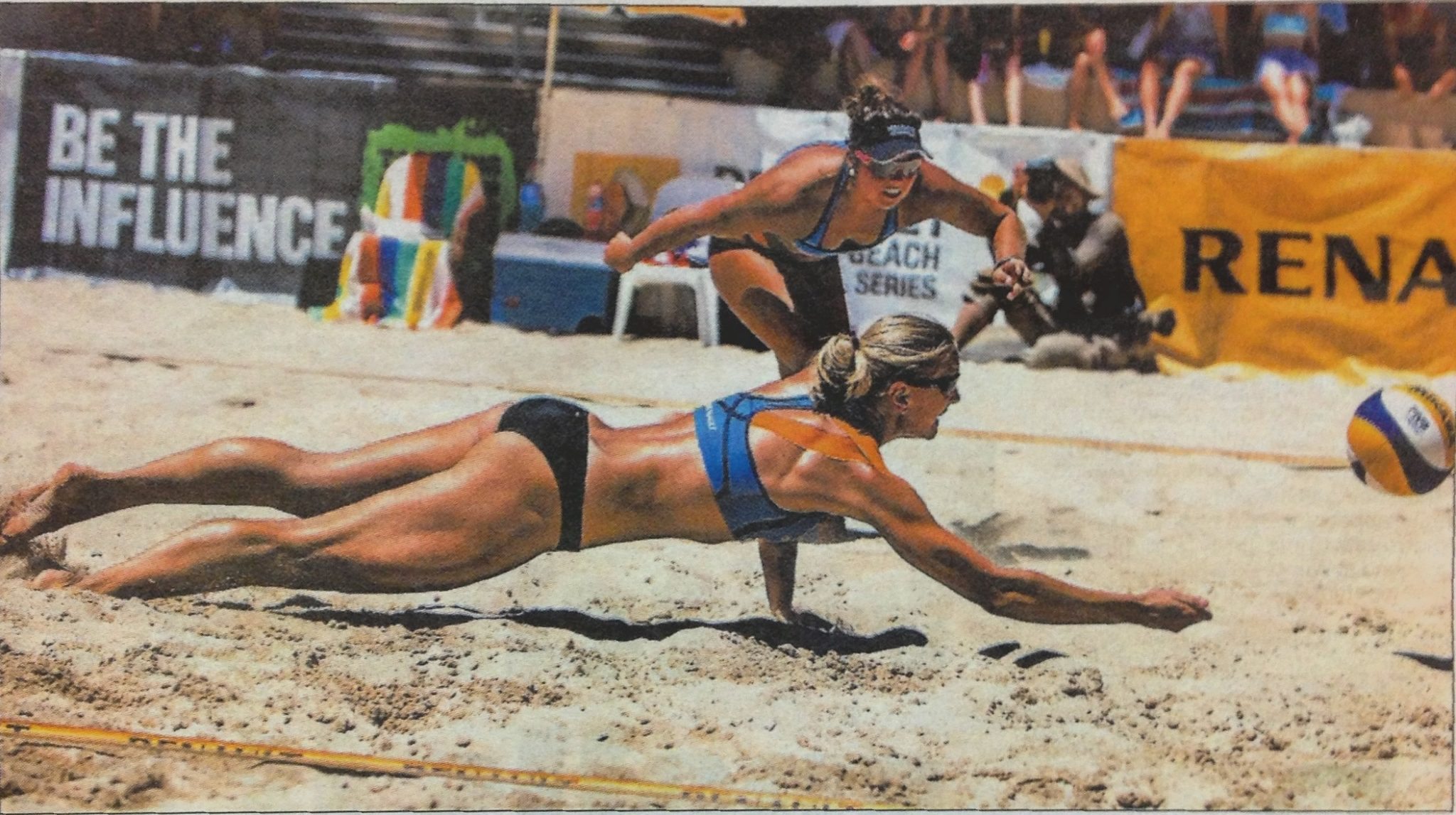
Tara West knows Best: the simple solution is to get strong!
What a fantastic weekend down at Scarborough beach, watching our beach volleyball athletes battle it out on the sand at the WA Open. A big congratulations to WA’s Melissa Kennedy, Jen Sadler, Tessa Anderson, Taleah Atthowe, Shelby Maher, Casey Grice and Cole Durant...
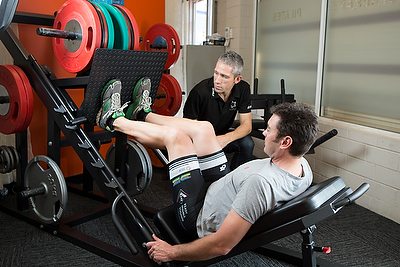
James Debenham and Professor Steven Blair on physical activity and health
Did you know that inactivity has been identified as the number one global health issue in developed nations, far exceeding the risks of obesity, smoking and alcohol for early morbidity. Both aerobic exercise and strength work are known to improve general health and...
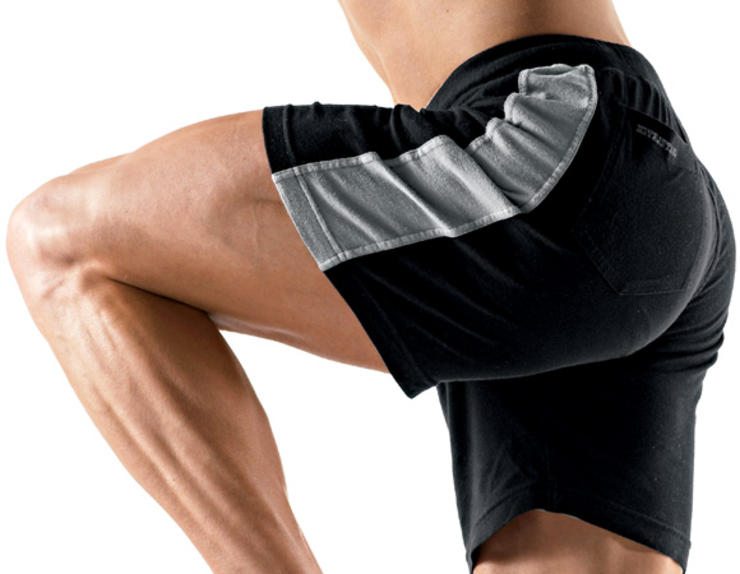
Tara West knows Best – Get those glutes working!
Today we are going to discuss the role of the gluteals - arguably one of the most important muscle groups for volleyball players. The gluteus maximus is the largest and most superficial of the gluteal muscles. It is a powerful hip extensor, assisting us in performing...

Explainer – what is pain and what is happening when we feel it?
Do yourself a favour and check out this article "Explainer: what is pain and what is happening when we feel it?" by Lorimer Mosely. In this article, Lorimer describes the new approach to explaining pain stating, "We no longer think of pain as a measure of tissue...

